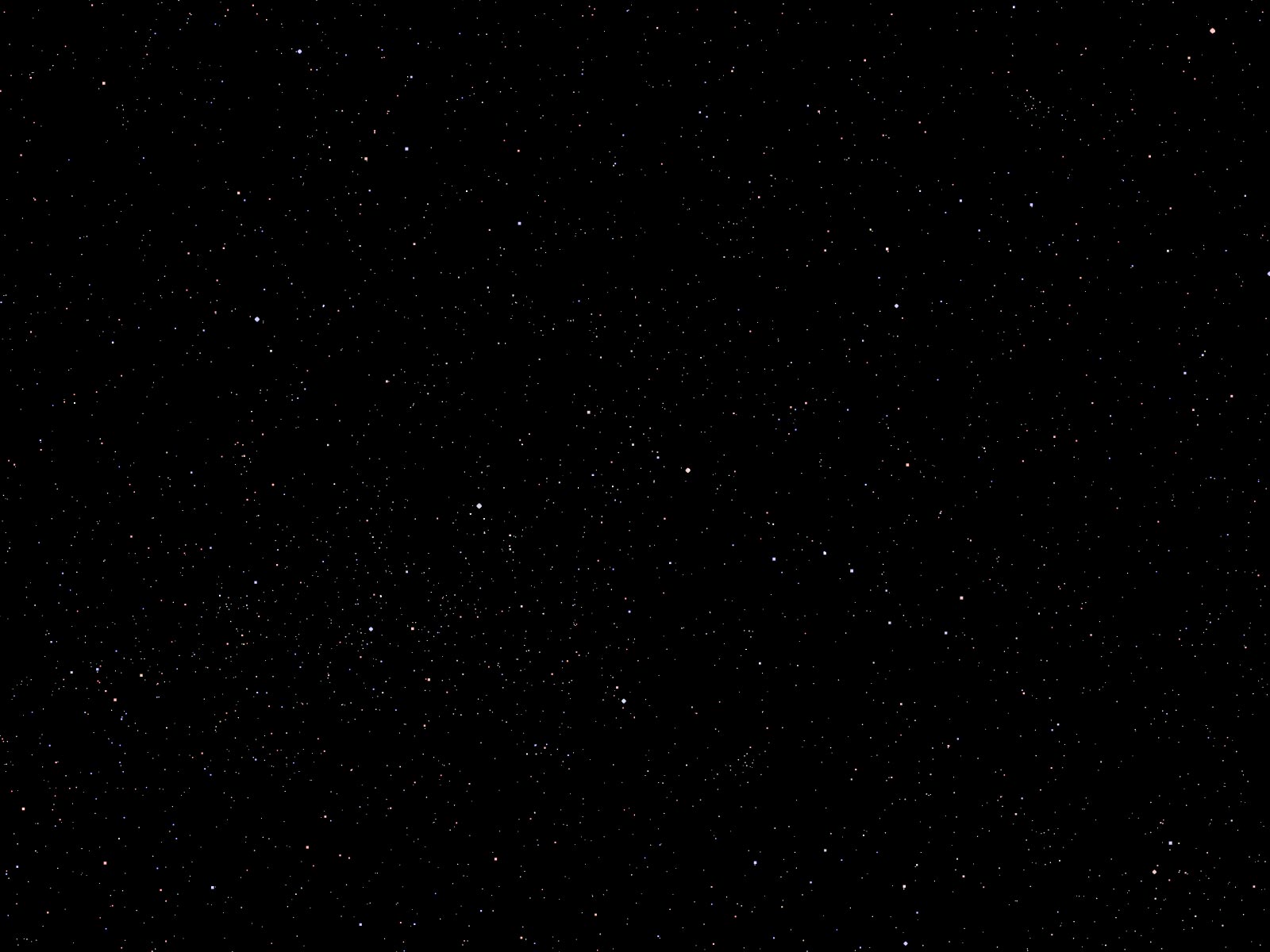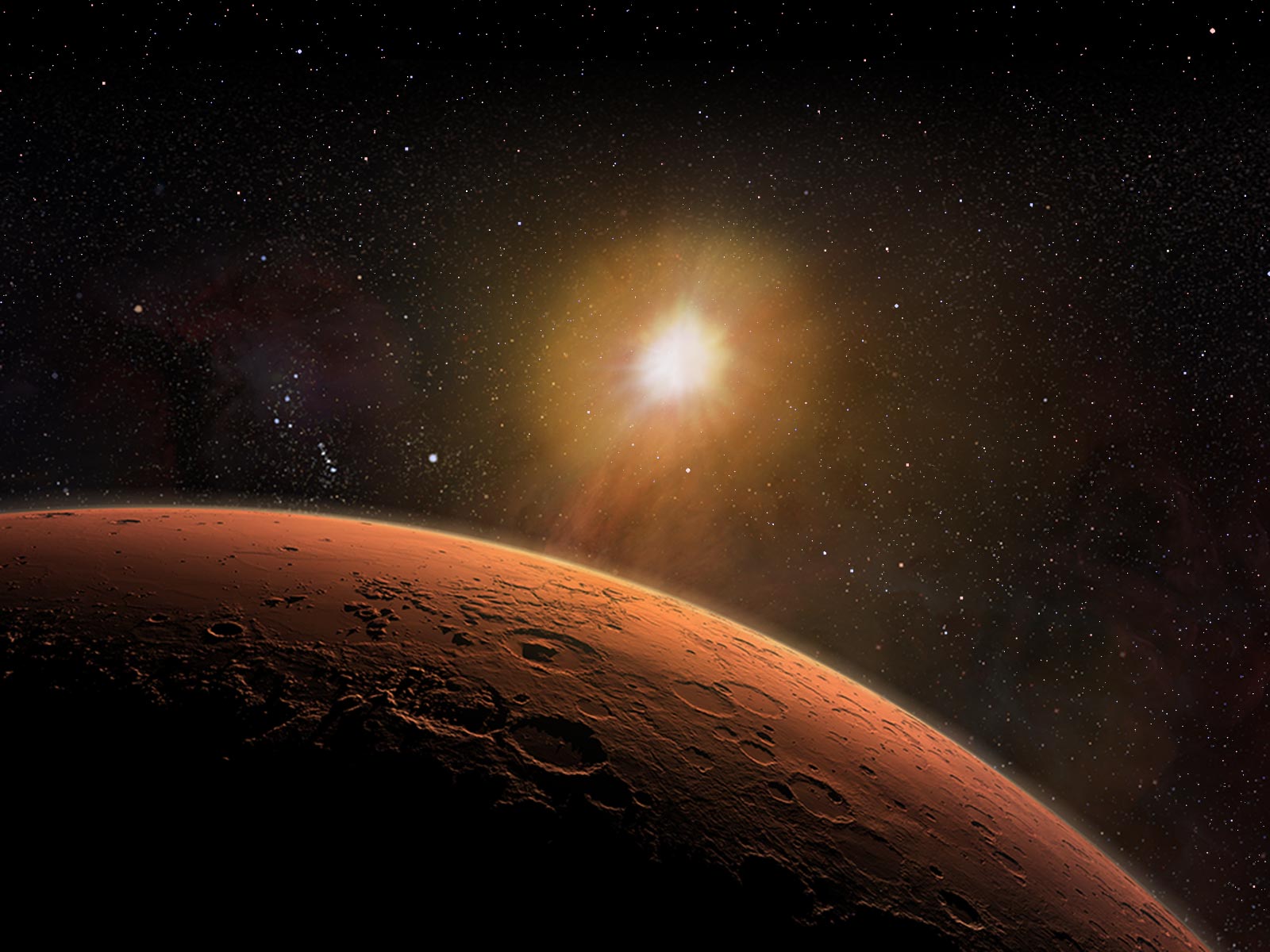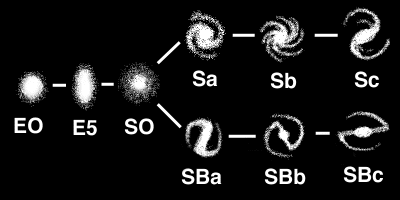


 U.Mars — Encyclopedia
U.Mars — Encyclopedia
Galaxies & Cosmology
How are galaxies classified today?
Hubble Tuning Fork Diagram

Today we classify galaxies mainly into two major groups following Hubble's examples...
Elliptical galaxies range from round shapes (E0) to oval shapes (E7). Elliptical galaxies account for many of the largest known galaxies in our universe, but can also be small. Some of the larger ones can come about as a product of merging smaller galaxies.
Spiral galaxies have a pinwheel shape and are classified according to their bulge, as well as how tightly their arms are wrapped around the bulge. They range from Sa, which has a large bulge and tight, smooth arms, to Sc, which has a small bulge and loose, lumpy arms.
Barred spiral galaxies classified as SB are pinwheel-shaped and have a distinct "bar" of stars, dust and gas across their bulge. They range from an SBa, which has a bar across its large bulge and tight, smooth arms, to an SBc, which has a bar across its small bulge and loose, lumpy arms.
Irregular galaxies have no definite shape but still contain new stars, gas, and dust. The chart below summarizes the properties of the main classes of galaxies.
|
Galaxy Chart
|
|||
|
Spiral (S) / Barred Spiral (SB) |
Elliptical (E) |
Irregular (Irr) |
| Shape and Structural Properties | Disks of stars, gas and dust containing spiral arms that attach to central bulge. Sa and SBa have largest bulge. SB galaxies have central bar. | No disk and no arms. Stars distributed evenly from near circular to oval (football). | No definite structure. |
| Stellar Content | Have both young and old stars. Halos consist of old stars only. | Contain mostly old stars. | Contain both young and old stars. |
| Gas and Dust | Disks contain gas and dust. Halos contain little gas or dust. | Little or no gas or dust. | A lot of gas and dust. |
| Star Formation | Stars form largely in spiral arms. | Little or no formation seen. | A lot of star formation. |
| Stellar Motion | Gas and stars rotate around the center of the galaxy. | Stars move on randomly oriented orbits like a swarm of bees. | Stars and gas have irregular orbits. |